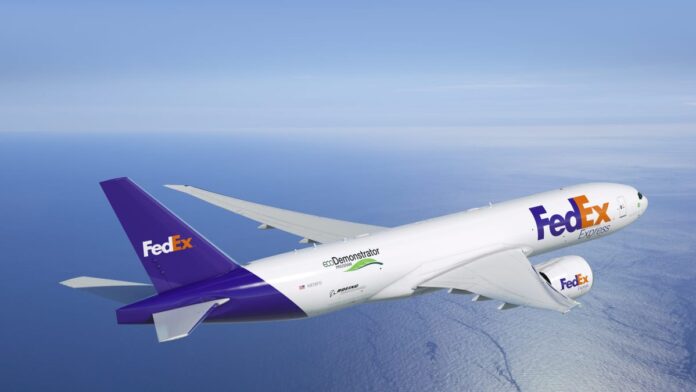
The best way to ensure cargo flight operations is to have healthy and alert pilots working at the top of their game. It would then seem obvious that making the cockpit environment as comfortable as possible would be a design priority. Surprisingly, this is not the case but help is at hand from CTT Systems of Sweden.
The cockpit environment can be a challenge for pilots, especially on Freigher Cargo aircraft, where exposure time is longer because of the length of the sectors flown, with adverse conditions having an accumulative effect, Freighter aircraft’s has no source of moisture or humidity.
The biggest problem is low relative humidity (RH). Human beings are comfortable when RH levels are around 20% but cockpit RH levels can drop to below 5%. This is because the cruising altitude of most long haul flights is usually at a level where there is very little water vapour in the atmosphere, so the air coming in is very dry. In fact, the only source of humidity is from passengers and crew, which means economy class has RH levels around 12%, business class has RH levels around 7%, while premium passengers have to contend with similar RH levels to the crew, as there are fewer people in the cabin.
So, what are the effects of such low RH levels? Most importantly for pilots, eyes become dry and itchy. The lack of moisture begins to dry out the nasal passages, mucous membranes, mouth and respiratory tract. The nasal cavity dries quickly, reducing the sense of smell, while the viscosity of saliva changes, reducing the sense of taste. A dry nasal cavity also increases susceptibility to colds and virus, as the activity of cilia, which work to keep the airways clear of mucus and dirt, are suppressed.
This can lead to dryness induced fatigue and a reduced immune system.
The answer is clearly to raise RH levels and CTT Systems has years of experience in producing aviation humidifiers. The humidifier is installed above the cabin ceiling and incorporated into the ducting of the environmental control system. A special absorbent pad is drip fed from the aircraft’s potable water supply. As the air passes through the duct and over the wet pad, it picks up moisture before entering the cockpit. In this way, the RH level can be raised to 22%.
Not only does humidification reduce the symptoms associated with dry air, it also decreases stress levels, so Pilots and crew are likely to get better sleep and rest before their next flight.
Major airlines are now recognizing the problem, with more than 85% of Boeing 787s equipped with a cockpit humidifier and an increasing number of Airbus A350s, while the system is available as an option on the Boeing 777X.
In fact, CTT Systems has delivered around 3,000 humidifiers but it is not standing still. It has identified another problem with cockpit air that needs to be dealt with – Volatile Organic Compounds (VOCs).
These substances, such as acetone, benzene and toluene, can be found from various sources inside the aircraft as well as from the ingestion of exhaust fumes or deicing fluid into the aircraft’s environmental control system from outside. Oil leaks caused by engine bearing seal leaks are another source of VOCs. These produce similar symptoms to dry air but high levels can cause performance impairment or, in rare cases, incapacitation. In addition, VOCs can react with oxygen (O2) in flight to produce ozone (O3), which is also an irritant to mucous and respiratory tissues.
The company has teamed with two Swedish specialists in air filtration to produce a modified humidifier to counter the problem. Using Munters current pad solution together with a newly developed active carbon filter solution from Camfil at the upstream end, the new unit will reduce VOCs by up to 80%. and ozone by 70-75%, both in the air and during fume events on the ground. The new pad also has a service life of 4,000 flight hours, the same as the humidifier, so it can be simply replaced with no special tools or routines required.
The team has produced a conceptual design for the Boeing 777X, which is just about to complete testing, ready for market launch in September. This could also be simply swapped out with the current 787 cockpit humidifier.
Customers can take a long time to understand an invisible threat but CTT Systems is continuing to make progress in helping them to look after their flight crew and keep their customers safe.
Help keep news FREE for our readers
Supporting your local community newspaper/online news outlet is crucial now more than ever. If you believe in independent journalism, then consider making a valuable contribution by making a one-time or monthly donation. We operate in rural areas where providing unbiased news can be challenging. Read More About Supporting The West Wales Chronicle

























